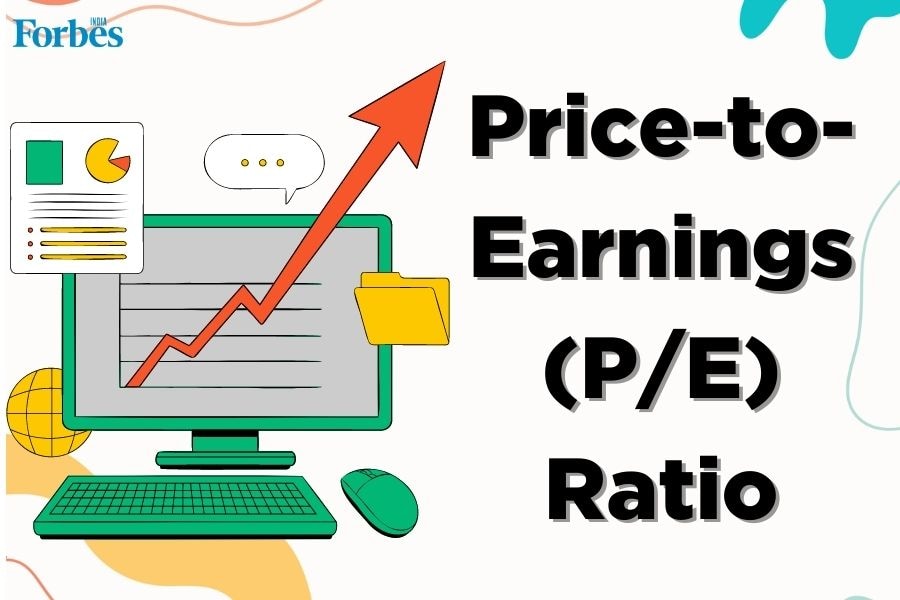
What is the price-to earnings (P/E) ratio
Looking for a clear explanation of the P/E ratio? Discover its meaning and importance in investment analysis with our comprehensive guide

The Price-to-Earnings (P/E Ratio) is a critical financial metric that investors use to evaluate a company's value. It provides a snapshot of what the market will pay for a company's earnings.
In this comprehensive guide, we'll delve into the intricacies of the P/E Ratio, including how to calculate it, the difference between trailing and forward P/E, and the concept of absolute vs relative P/E.
What is the P/E Ratio?
To ascertain the value of a company, one can determine its P/E Ratio by dividing its current share price by its earnings per share (EPS). This helps investors understand how the company's share price compares to its earnings. Investors often use the P/E Ratio to compare the value of different companies within the same industry. If a company has a high P/E Ratio, it could mean that its stock is overvalued or that investors are anticipating high growth rates in the future.
The P/E Ratio is a vital indicator of a company's financial position. It provides a fast way to determine if a stock is overvalued or undervalued. The P/E Ratio can vary significantly between different sectors and industries. For instance, growth sectors like technology often have higher P/E Ratios than more stable sectors like utilities.
Also Read: What is equity? What are its types? How does equity investment work? Formula to calculate and more




